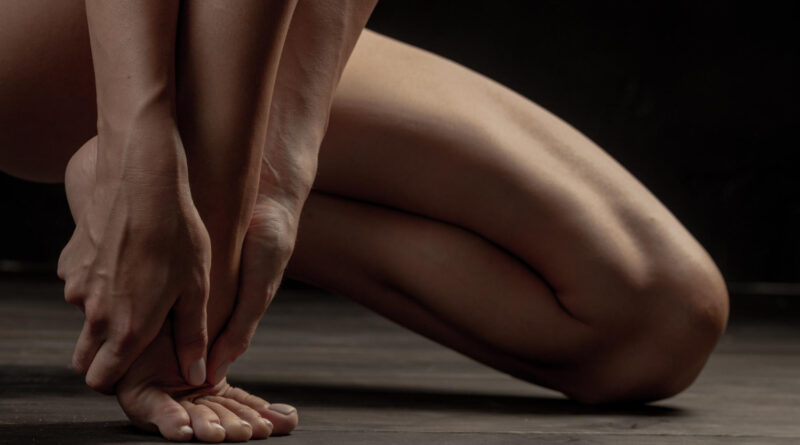Ways To Treat Bunions You Should Know About
If you have bunions, treatment may help reduce the pain and improve your symptoms. That said, it is important to understand that not all treatments work for everyone. Pico Robertson, Beverly Hills bunions can be treated with various non-surgical and surgical methods, depending on the severity of the condition.
Your doctor will need to offer an evaluation to determine which is most appropriate for you. The diagnosis entails a physical examination and sometimes imaging tests to determine how much the bunion has progressed. The diagnosis helps the doctor suggest the best course of action.
The condition is characterized by an abnormal, bony bump on your foot’s side. You may experience pain and discomfort in the affected area. That said, there are several treatment options available that can provide relief.
Some of the causes of bunions include:
- Wearing tight, narrow, or high-heeled shoes: When you wear shoes that pinch the toes or move them inward, it can cause a bunion.
- Hereditary factors: You may be more likely to develop bunions if other family members have them.
- Foot injuries or deformities present at birth: Certain foot shape and structure conditions can lead to bunions.
- Joint diseases: Diseases that affect the joints and cause inflammation, such as rheumatoid arthritis or psoriatic arthritis, can also contribute to bunions.
Non-surgical treatment options may include:
Custom orthotics
Wearing custom orthotics designed to shift your weight away from the bunion can help relieve pressure and reduce pain. Look for orthotics with a wide toe box that doesn’t pinch or squeeze your toes.
Physical therapy
Stretching and strengthening the muscles around your bunion can help reduce pain and improve the range of motion in your foot. A physical therapist can design an individualized program to meet your needs.
Medication
Over-the-counter pain relievers and anti-inflammatories can help reduce inflammation and discomfort related to bunions. Topical creams or gels may also be used for additional relief.
Shoe modifications
It is important to wear supportive shoes that have a wide toe box and provide plenty of cushioning. Avoid heels higher than two inches, as these can worsen the condition of your bunion.
Padding and taping
Your doctor may recommend moleskin or foam padding around your bunion to help cushion it from the shoe. Taping can also help reposition the toe, reducing discomfort.
Ice application
Applying ice to the bunion several times daily can help reduce swelling and pain.
Surgical treatment for bunions may include:
- Bunionectomy is a procedure to remove the bony protrusion and realign the toe joint. It is one of the most common procedures used to treat bunions.
- Osteotomy: In some cases, a surgeon may need to cut the bone around the joint and realign it to correct the bunion.
- Arthrodesis: Arthrodesis is a procedure that fuses two or more bones using pins, screws, plates, or wires. This helps eliminate the bunion and keep the toe aligned.
Bunion management is an important part of treating bunions. You can wear the right shoes, take medications to manage pain and inflammation, use custom orthotics, undergo physical therapy, and follow your doctor’s instructions. With proper treatment, bunions can be managed successfully.
If you have any questions or concerns about bunions treatment, you should talk to your doctor at Eazy Foot & Ankle.

